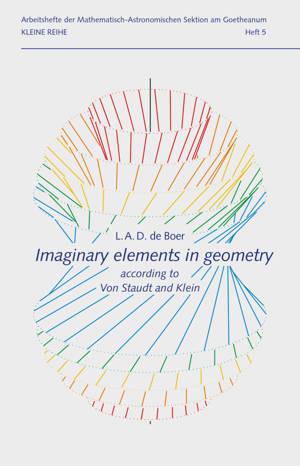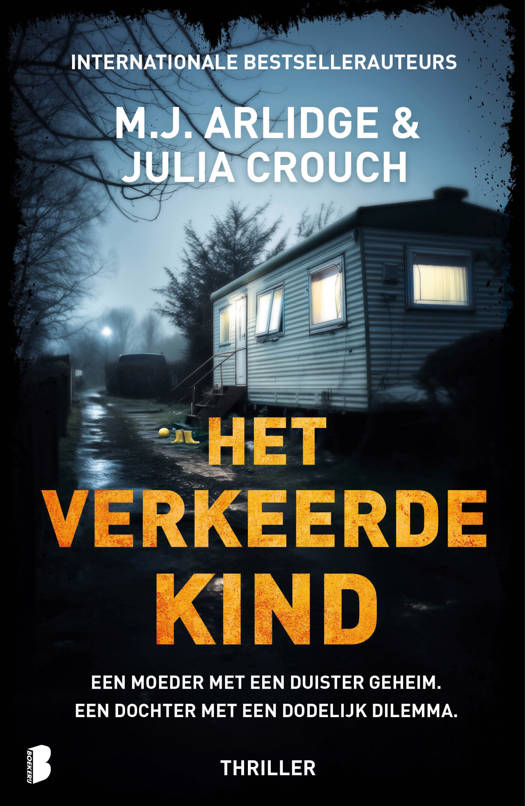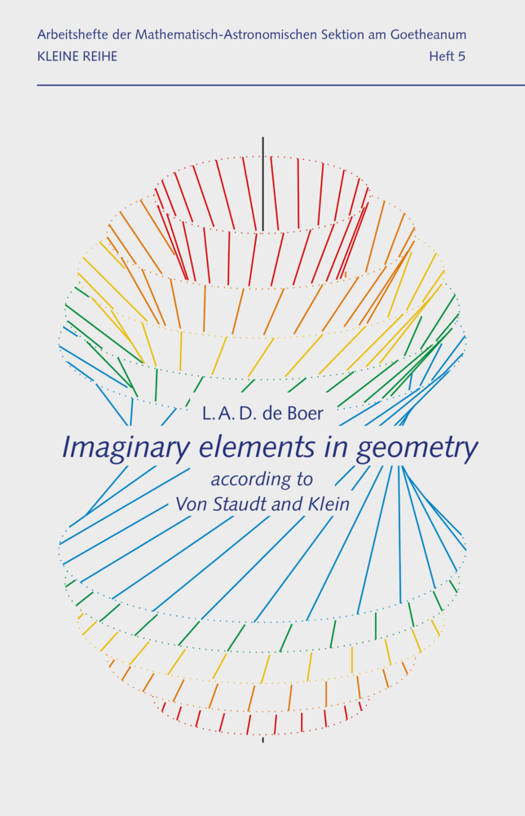
- Afhalen na 1 uur in een winkel met voorraad
- Gratis thuislevering in België vanaf € 30
- Ruim aanbod met 7 miljoen producten
- Afhalen na 1 uur in een winkel met voorraad
- Gratis thuislevering in België vanaf € 30
- Ruim aanbod met 7 miljoen producten
Zoeken
€ 34,45
+ 68 punten
Uitvoering
Omschrijving
A remarkable fact in mathematics is the accordance between algebra and geometry: since the time of Descartes it is possible to express geometric phenomena in terms of numbers. And after doing calculations with these numbers, we can draw geometric conclusions from them. However, soon it appeared that, for instance, a circle and a line outside that circle have 'imaginary' meeting points: points that have imaginary coordinates but can not be found in the figure. Karl von Staudt found a brilliant way to visualize imaginary geometric points, lines and planes, and Felix Klein simplified and extended his method. In this book imaginary elements appear as Klein-movements in our real space. Apart from its mathematical importance, these movements may be seen as an alternative for the remarkable occurrences of complex numbers in physics, viz. quantum physics. Lou de Boer (*1947) studied mathematics and music in Amsterdam. From 1971 to 1986 he was a math teacher at a gymnasium in the same city and from 1986 till 1993 he was an ICT-consultant at the Dutch Telecom-company. After that he took mathematics up again, studied, gave lectures and wrote articles and books. In 1977, after having been a convinced materialist/reductionist for seven years, he met anthroposophy. Since then he tries to work in accordance with spiritual science
Specificaties
Betrokkenen
- Auteur(s):
- Uitgeverij:
Inhoud
- Aantal bladzijden:
- 178
- Taal:
- Engels
- Reeks:
- Reeksnummer:
- nr. 5
Eigenschappen
- Productcode (EAN):
- 9783723517444
- Verschijningsdatum:
- 22/05/2024
- Uitvoering:
- Paperback
- Afmetingen:
- 147 mm x 12 mm
- Gewicht:
- 275 g

Alleen bij Standaard Boekhandel
+ 68 punten op je klantenkaart van Standaard Boekhandel
Beoordelingen
We publiceren alleen reviews die voldoen aan de voorwaarden voor reviews. Bekijk onze voorwaarden voor reviews.











